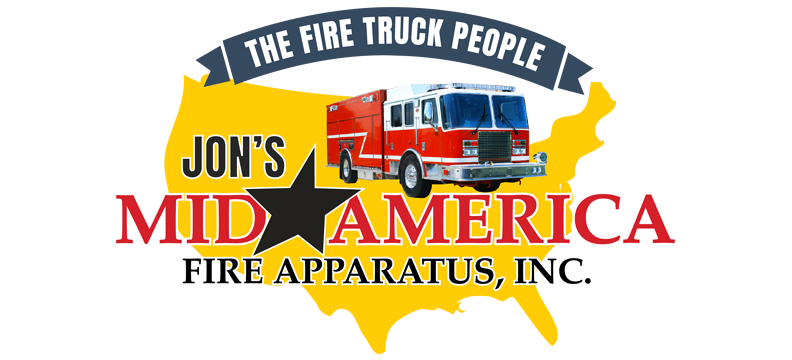Your rescue tools must be able to cut through steel, concrete, and other hard materials quickly and efficiently to save someone’s life. Yet catastrophic rescue tool failures are on the rise across the country. In today’s blog from Jon’s Mid-America, we examine how to avoid catastrophic rescue tool failure.
Related Post: Critical Maintenance Steps for Hydraulic Rescue Tools
Why Catastrophic Failures Occur
The main reason catastrophic failures occur is due to changes in the materials that go into new vehicles. Most likely, you use your rescue tools to cut someone out of a car so they can receive medical treatment. New and late-model vehicles are made of ultra-high-strength steel. Even some hydraulic rescue tools can’t cut through this material. Yes, the improved steel may save someone’s life in an accident. But it’s nearly impossible to cut through a car frame with the wrong or older hydraulic rescue tools.
Improper maintenance of hydraulic tools is another issue. It is absolutely critical to follow a regular maintenance schedule for your hydraulic tools. We can’t stress this enough.
Know What You’re Cutting Into
You can prevent some catastrophic rescue tool failure by knowing what material you’re cutting into. Cutters might not be appropriate for ultra-high-strength steel in modern cars. Consider fracturing the steel instead. For this, your rescue tools need the correct combination of speed, blade design, and a high compressive force.
Related Post: What Is the Best Power Source for Your Rescue Tools
Use the Right Tools for the Right Job
Hydraulics deliver the highest compressive and cutting forces of any rescue tools on the market. Understand what rescue tools you need for the task at hand. Do you use a spreader, cutter, or combi? Your firefighters must understand what tools you need for the right job when you’re extricating someone from a vehicle.
Train on New Vehicles
Send your department to a certified new vehicle training (NVT) program. Your department may not be able to afford a brand-new SUV to trash and cut apart for training. Trainers who specialize in this type of rescue operation can help because they use the same vehicle for multiple departments over a single training session.
Talk to larger fire departments in your area to see if they have a spare vehicle to use. You could also talk to insurance adjusters and scrap yards to be on the lookout for a late-model vehicle for training and practice. The right training for your rescue tools can save the lives of personnel in your department as well as the people you’re trying to rescue.
Maintenance, Maintenance, Maintenance
Make maintenance a part of your department’s training regimen every week. Rescue tools need regular maintenance, especially hydraulic and pneumatic tools. Make sure blades are sharp, pressure gauges work properly, and there are no leaks. You must inspect every rescue tool you use after a call and before you put them away. We cannot stress tool maintenance enough.
Related Post: Safety First: The Importance of Regular Extrication Tool Maintenance
Rescue Tools by Jon’s Mid-America
Talk to Jon’s Mid-America Fire Apparatus for rescue tool maintenance. Our experts examine each tool carefully, diagnose the problem, and recommend how we’ll fix it. Contact Jon’s Mid-America online to start the conversation, or call (417) 887-0534 in Southwest Missouri or (816) 625-1286 in the Kansas City area.



